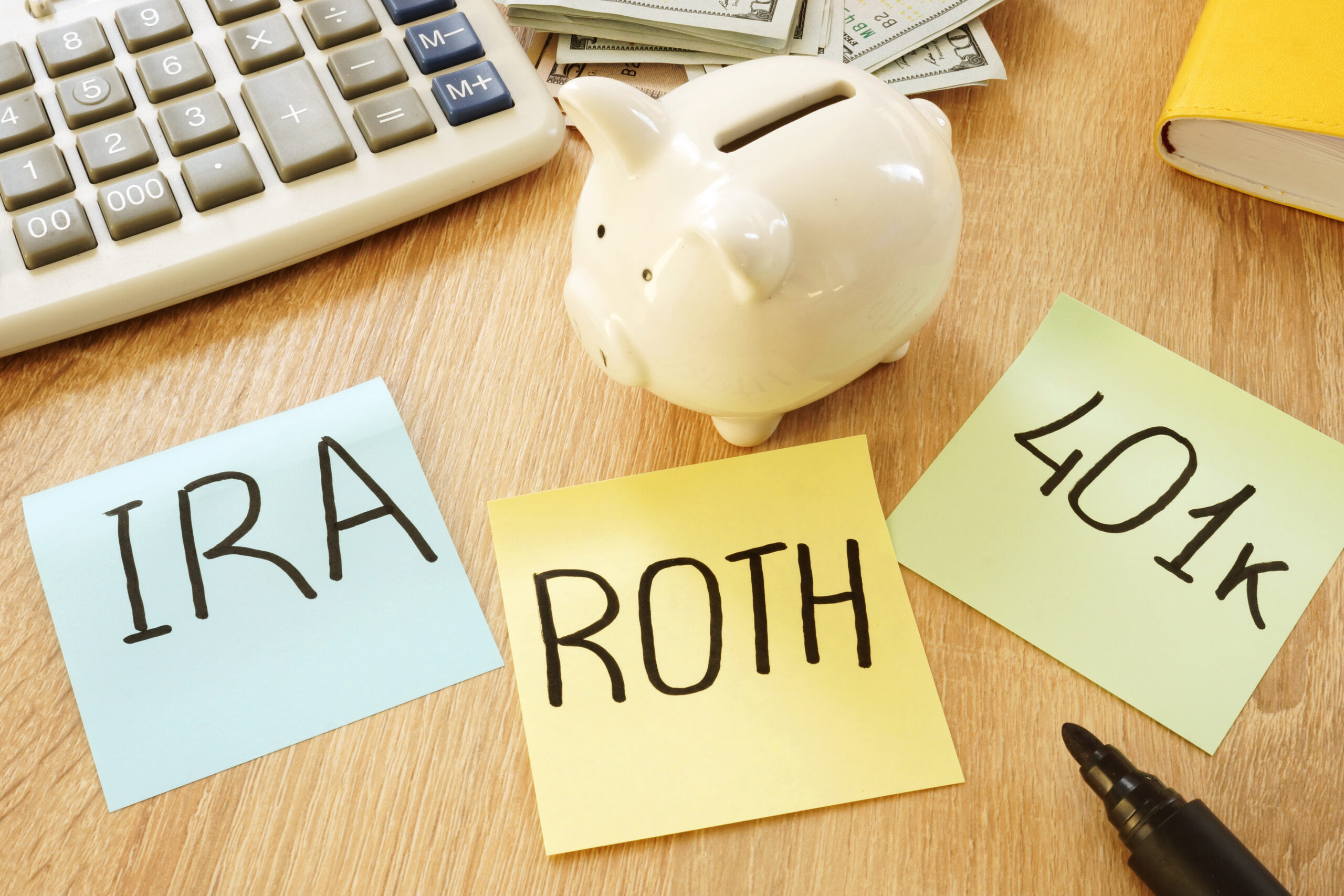Retirement plans, while not required, are offered by many companies to encourage and help their employees put money aside for the future. These plans can be a benefit for both employees and employers, who may be able to take advantage of tax deferrals and, in many cases, earnings from dividends and compounding interest. An organization may have policies for employer matching contributions and/or profit sharing programs thatw can help to attract and retain employees. However, not all retirement plans are created equal, and businesses have several options when deciding what is best for the organization and its employees. Here are some common plan types.
401(k)
Most people may immediately think of 401(k) plans when thinking about employer-provided retirement plans. These plans allow for employee contributions to be withheld from wages to an individual account. Contributions are generally not subject to income tax, unless they are Roth deferrals, which are handled on a post-tax basis. There are also several types of 401(k) plans, including Traditional, Safe Harbor, and SIMPLE, each with its own rules and requirements. Employee contribution limits are adjusted annually; they are limited to $19,500 in 2021 (catch-up contributions up to $6,500 are available to employees who will reach age 50 or over at the end of the calendar year).
403(b)
These are very similar to 401(k) plans, but are restricted to certain employer types. Generally, eligible employers are: public schools, churches, or organizations deemed tax-exempt under section 501(c)(3) on the Internal Revenue Code. Similar contribution limits apply to 403(b) plans as they do for 401(k) plans.
SIMPLE IRA
Smaller employers may opt for a SIMPLE IRA (Savings Incentive Match PLan for Employees), as a cost-effective and easy-to-manage solution. SIMPLE IRA plans have their own contribution limits. For 2021, annual employee contributions through elective deferrals are limited to $13,500, with a $3,000 catch-up contribution allowed for employees age 50 or over. The rules are also very specific on employer contributions, which are limited to either a 2% non-elective or 3% matching contribution; employers may choose the contribution method annually.
Profit Sharing
Profit sharing plans allow for employer contributions to be made at the discretion of the company. There are no minimum requirements for contribution, and a business may determine that no contributions to the plan will be made for a particular year with no issue. If contributions are made, a set formula for determining how the contributions are distributed for each employee is needed. Usually, employers choose to do this by determining the percentage of each employee’s pay in relation to the sum of all employee compensation. Note that profit sharing plans are entirely funded by employers, and no employee contributions are allowed.
As briefly mentioned above, the different plan types can each have their own specific rules and requirements. In addition, the Employee Retirement Income Security Act (ERISA) sets minimum standards for most voluntarily established retirement and health plans in the private sector. ERISA provides protection for individuals by requiring plans to provide participants with plan information and setting guidelines for participation, funding, and plan administration. Working with a knowledgeable plan administrator to design and manage these benefits can give your business an edge when it comes to attracting and retaining top talent.
For more information about retirement plans you can visit the IRS’s website or contact Valor Payroll Solutions to set up a free consultation.





